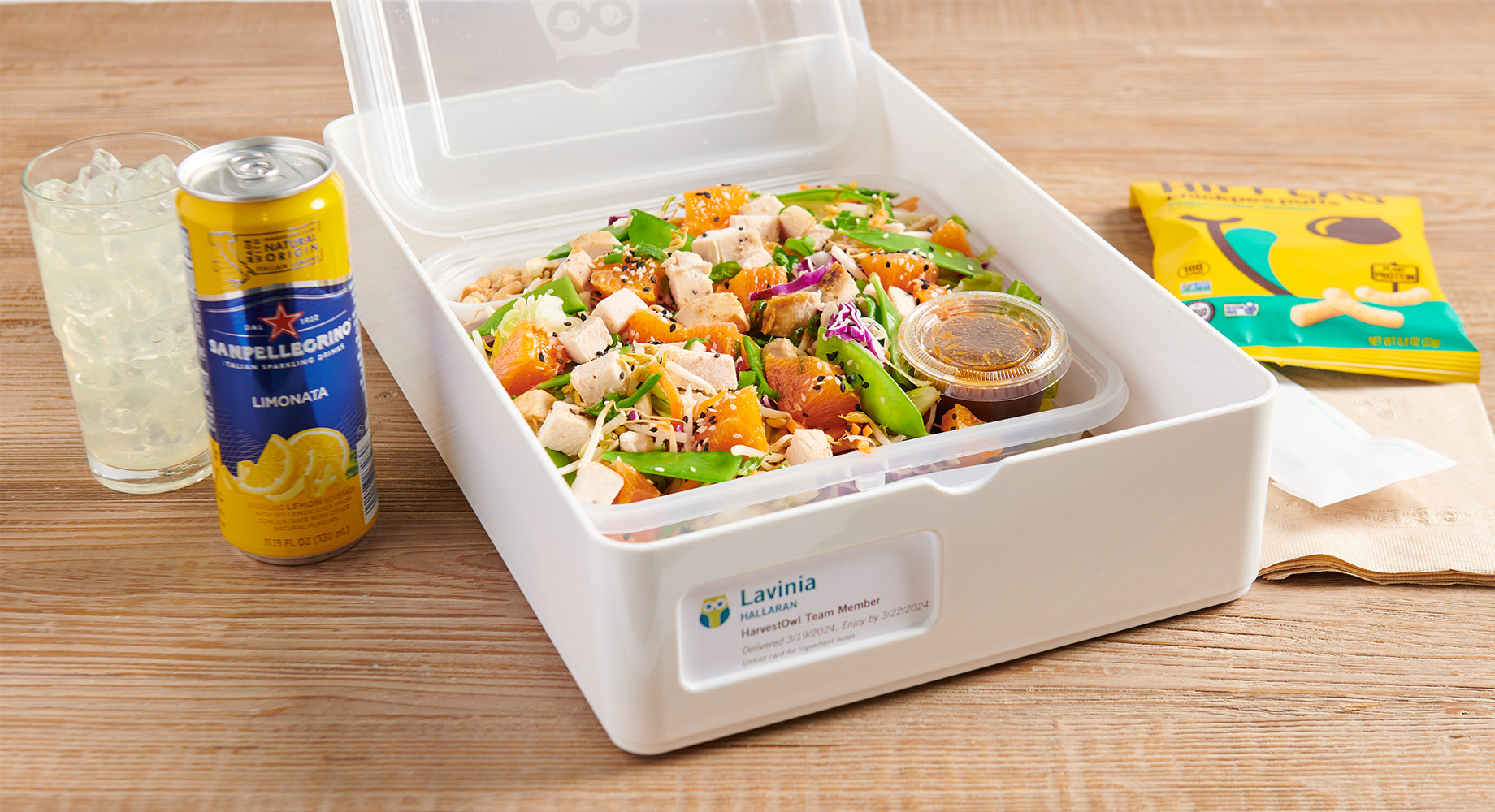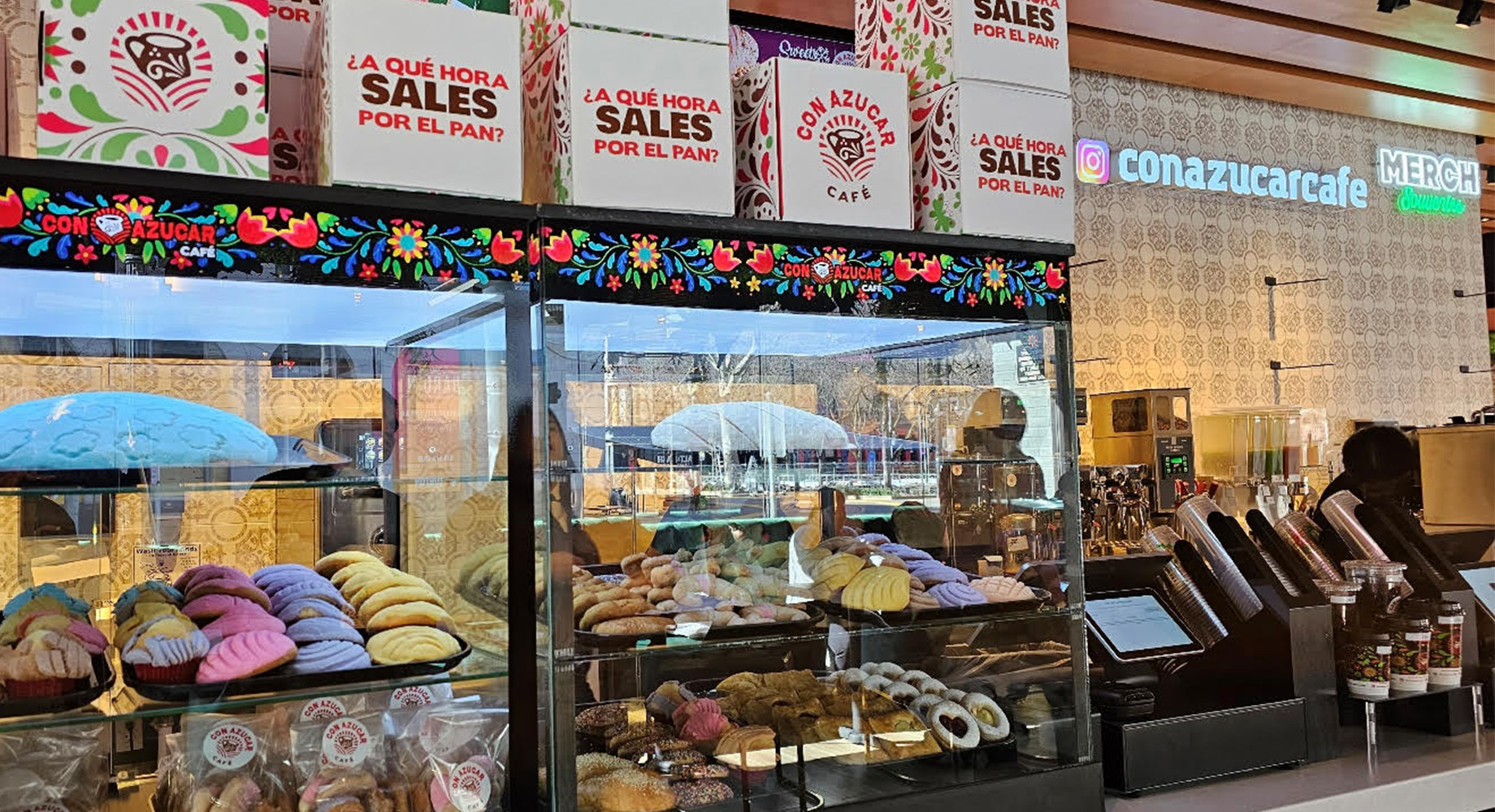Few tools are more powerful for a restaurant than a thoughtfully designed menu. Long before most guests step through the door, they’re browsing menus online to decide where to eat. In fact, a 2024 survey by American food-service distributor US Foods found that 83% of respondents review a restaurant’s menu prior to getting there and half even decide what to order before they arrive.
As Kyle Inserra, a former restaurant owner who’s now a restaurant consultant and founder and host of the Closed Monday podcast, put it: “A really well-developed menu is your best marketing tool. It not only helps you stand out, but it also keeps you relevant in a very crowded dining space.”
There’s no one-size-fits-all formula for the perfect menu, but successful ones tend to follow a few guiding principles. Here’s a look at what matters most.
Start With the Concept and the Customer
The foundation of a compelling menu lies in understanding the restaurant’s concept and its target customers. Before crafting a dish lineup, operators should ask themselves: “Who is our customer? What is our unique perspective?” said Myles Gilkey, president of the Gilkey Restaurant Consulting Group.
Some restaurants take this a step further. “Within that perspective, we think about the different personas we’re serving,” said Scott Himmel, founder of HarvestOwl, a Cleveland-based workplace lunch delivery service that focuses on healthy options. To that end, the company has developed four distinct customer profiles — including a customer who is open to eating healthy but unwilling to sacrifice flavor and one who prioritizes metabolic health.
HarvestOwl ensures at least two of its options cater to each persona, offering everything from ultra-health-conscious meals to approachable choices for those beginning to try cleaner eating. This approach ensures that every menu item has a clear purpose and appeals to a well-defined audience.
Indeed, the best menus are deeply customer-focused, said Gilkey. “They not only reflect what guests want to eat, but also how they want to feel.”

A colorful salad bowl from HarvestOwl, Scott Himmel’s Cleveland-based lunch delivery service, where menu development focuses on crafting meals tailored to specific customer personas. Photo courtesy of HarvestOwl
Pair Familiar Favorites With Inventive Offerings
No matter how ambitious or eclectic a menu may be, it’s crucial to include items that provide a sense of familiarity. “Our best-selling dishes — the ones people love and that we sell the most of — are just classic, nostalgic favorites, like spaghetti and meatballs,” said Himmel (though HarvestOwl’s version features grass-fed beef, naturally).
Bonn Rassavong, co-founder of Doinks Burger Joint in Cleveland, has seen the same trend. Despite offering a lineup of inventive burgers — like the Sweet Heat, topped with onion rings and hot jelly, and the Bonn Mi, featuring kimchi and jalapeños — his original burger, a simple combination of lettuce, tomato and American cheese, remains the top seller by far. “Before we opened, people kept asking me to add more options,” Rassavong said. “But our OG burger still reigns supreme.”
For restaurant operators hoping to introduce customers to new flavors, it’s all about building trust. “It takes guests time to feel comfortable with who they’re visiting,” said Inserra. “Once you’ve blown them away with something simple, like having their enchiladas taste just like their mom’s, they’ll start asking: ‘Okay, what else do you have?’”
That’s why Alan Jimenez, owner of the Sacramento location of Con Azúcar Café, a Mexican-inspired coffee shop brand founded in San Jose, California, eases customers into the menu. “We offer core coffee drinks that everyone recognizes, like cappuccinos and mochas,” he said. “But we also have specialty Mexican drinks, like iced horchatas. You need a mix of both familiar and adventurous options so people feel comfortable ordering. If they don’t love what they try, we’re always happy to replace it with something they’re more used to. But we definitely want them to try something new.”

Pastries served at Con Azúcar Café in Sacramento, where owner Alan Jimenez blends familiar favorites with Mexican-inspired menu options. Photo courtesy of Alan Jimenez
Keep It Focused
Too many choices can overwhelm customers and complicate kitchen operations. Experts recommend keeping menus concise — ideally around 30 items spanning starters, salads, sandwiches, entrees, and desserts, Gilkey explained. A streamlined menu not only improves service speed but also simplifies labor and inventory management.
Beyond initial menu planning, regular evaluation is essential. Conducting a menu audit every 90 days can help restaurants track sales data and determine which dishes truly resonate with guests. If something isn’t selling, it’s time to cut it. “You might see that every week, you’re selling 90 pork chop sandwiches, 80 Caesar salads and 100 bowls of soup. But if you’re only selling two grilled salmon entrees? Get rid of the salmon. Don’t even do it,” said Gilkey.
Of course, removing dishes can be tough, especially for chefs who are passionate about their creations. “I’m definitely guilty of keeping things on the menu too long,” admitted Inserra of a dish served at one of his former restaurants. “We had this multi-step escarole salad with four or five ingredients, each requiring two or three prep steps. To top it off, we added a poached, battered and fried breadcrumb-coated egg. It was beautiful and delicious, but nobody ordered it.”
Eventually, he had to take it off the menu. “The lesson is simple,” he said. “Trust your guests and let the data guide your decisions.”
Consider Seasonal Changes
Seasonal updates can keep a menu fresh and give customers something to talk about. “I see our guests pay attention when there’s something new and exciting,” said Himmel. “Even if 90% of your menu stays the same, offering limited-time specials on a consistent basis creates interest, helps with guest retention and gives people a reason to come back.”
Seasonality naturally influences diners’ cravings. “In general, in colder months, people gravitate towards stews or braised dishes,” Inserra added. “Warmer weather, they want lighter things.”
However, too much change can alienate regulars. A best practice is to adjust 10 to 15% of the menu three or four times a year. “If you remove all the staples and suddenly replace them with squash dishes in the fall, you risk losing loyal customers. Instead, introduce a little variety while keeping your core items intact,” said Gilkey.
Do One Thing Well
A successful menu ultimately isn’t about following trends — it’s about executing a clear vision with consistency. Inserra compares it to legendary Yankees pitcher Mariano Rivera. “He had one pitch. Everyone knew it was coming, and they still couldn’t touch it. Be him. You don’t need to have 12 different pitches. Just do something really well and be consistent with it.”
By Rebecca Meiser
Contributor, Commerce + Communities Today and Small Business Center